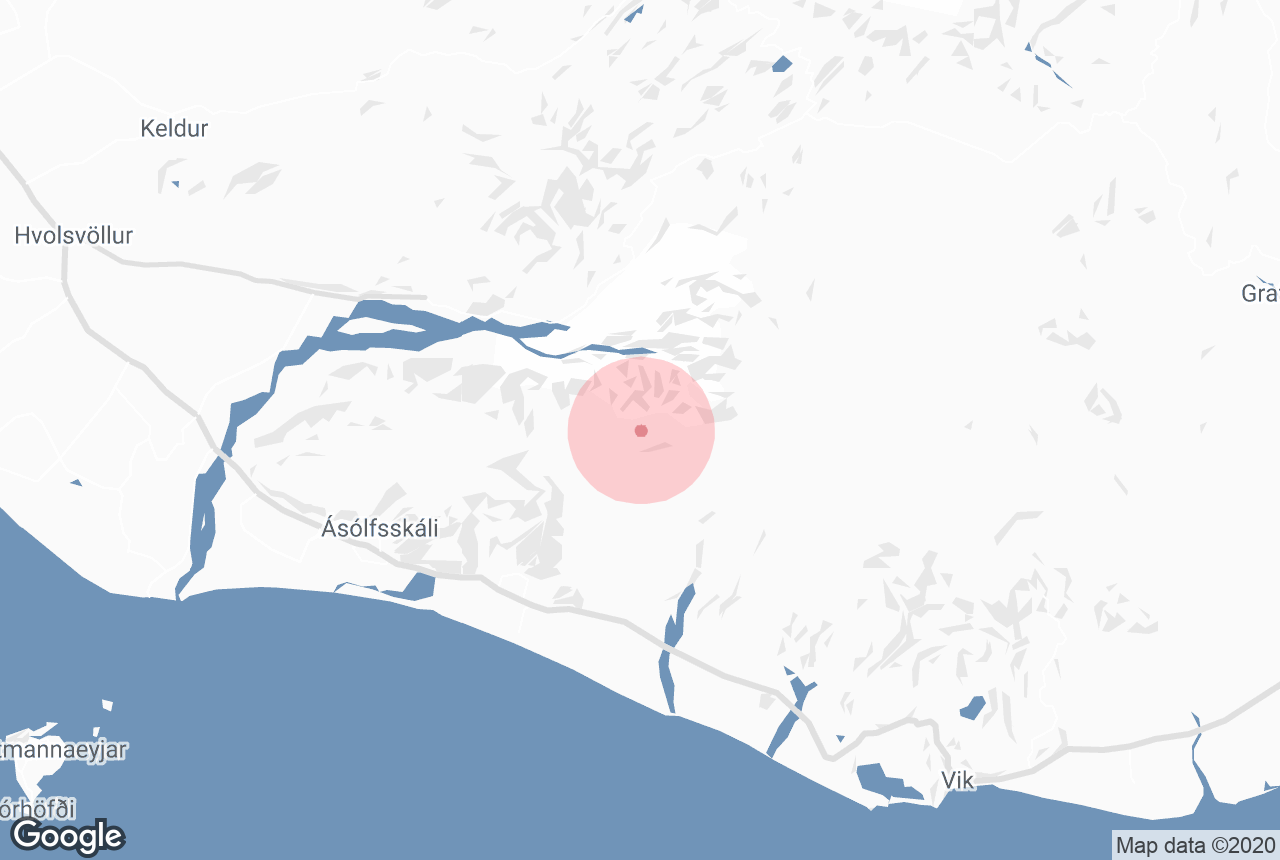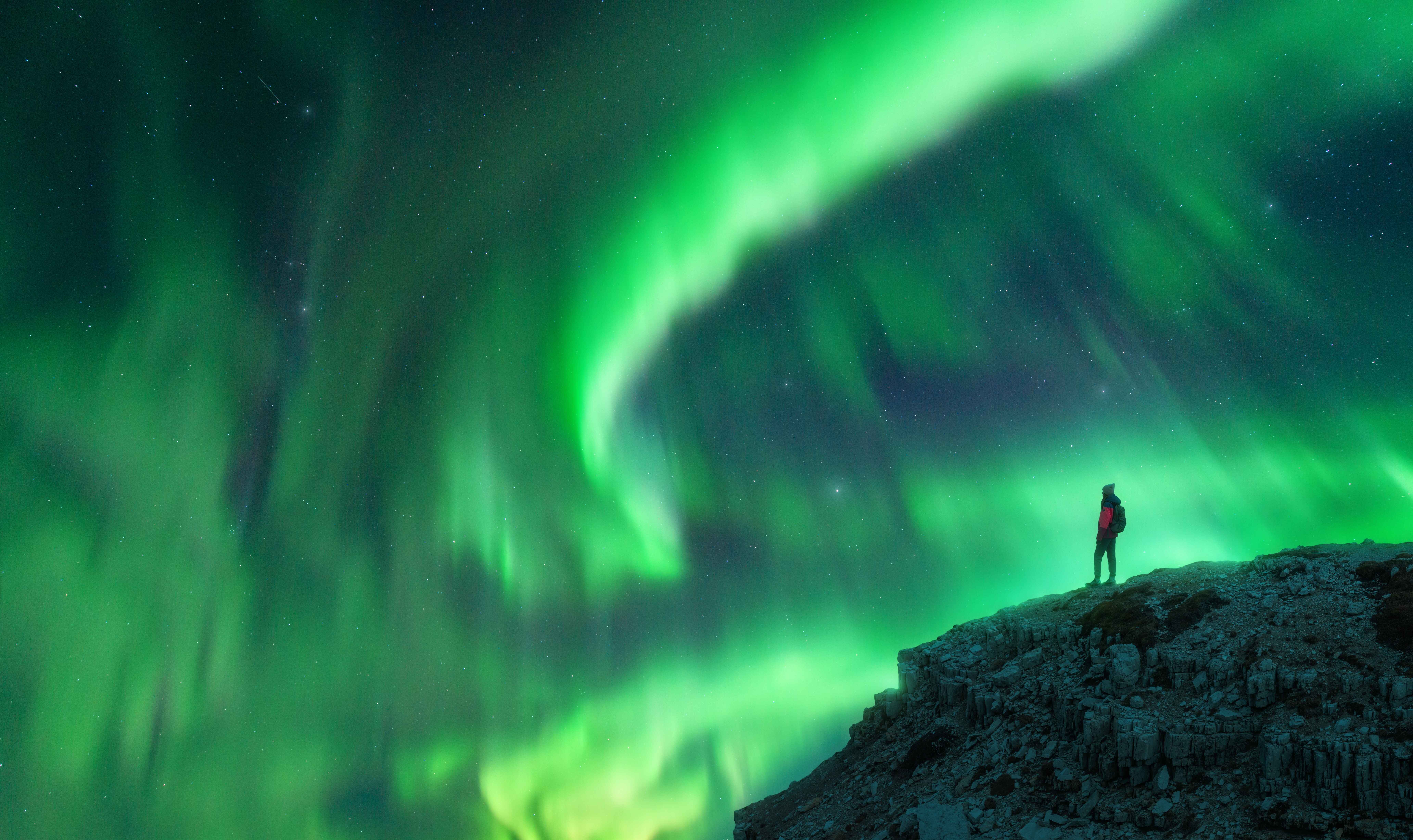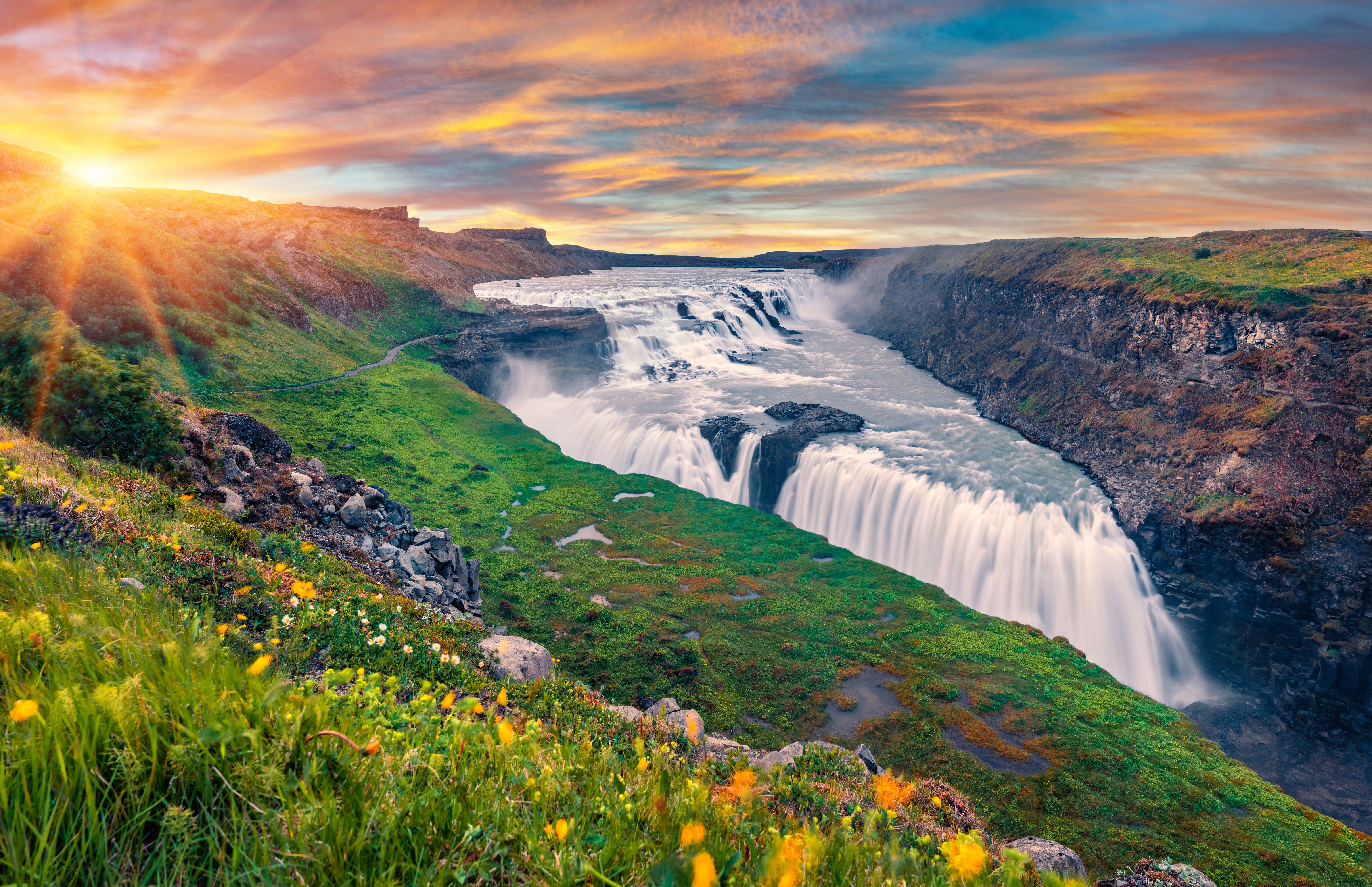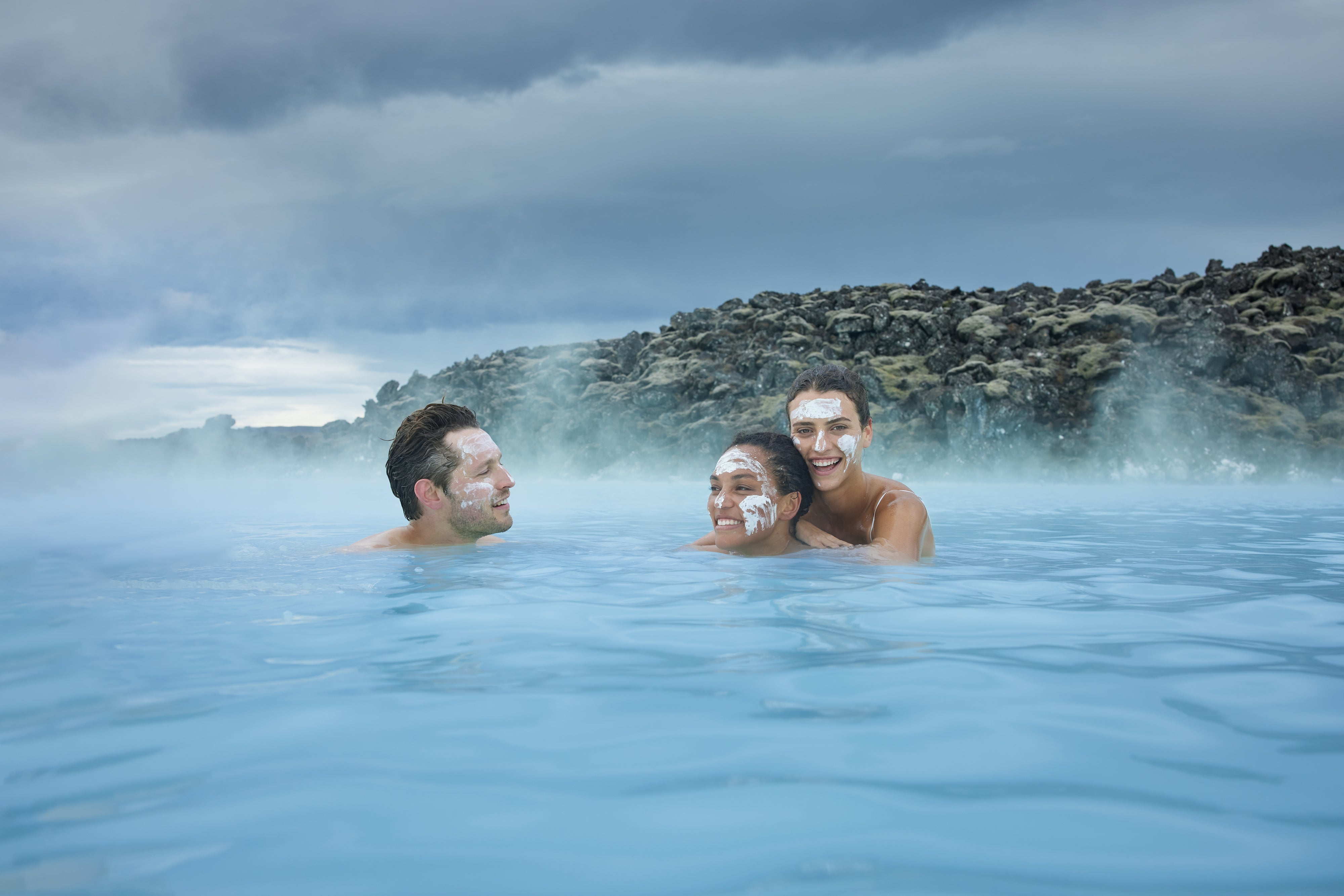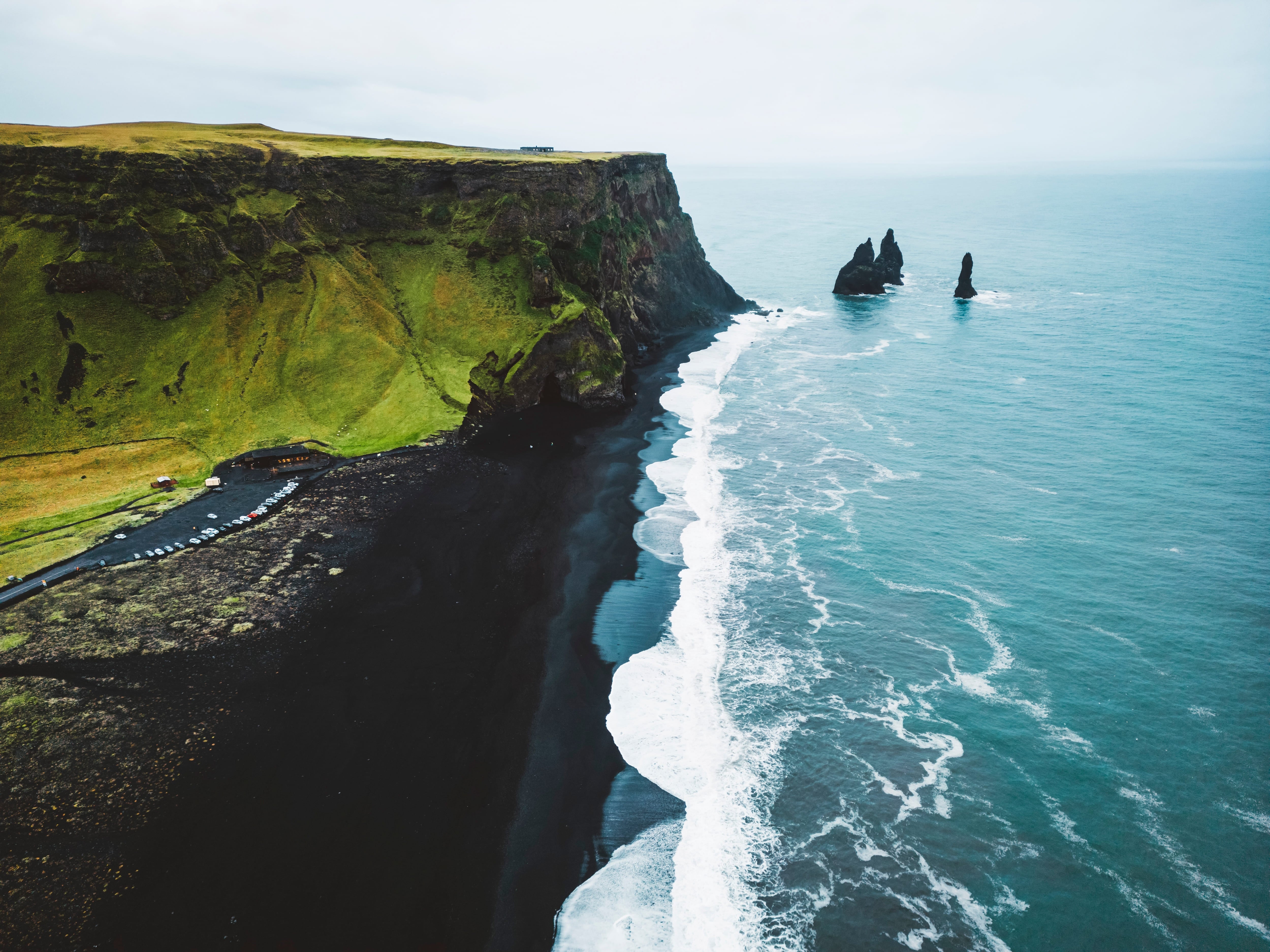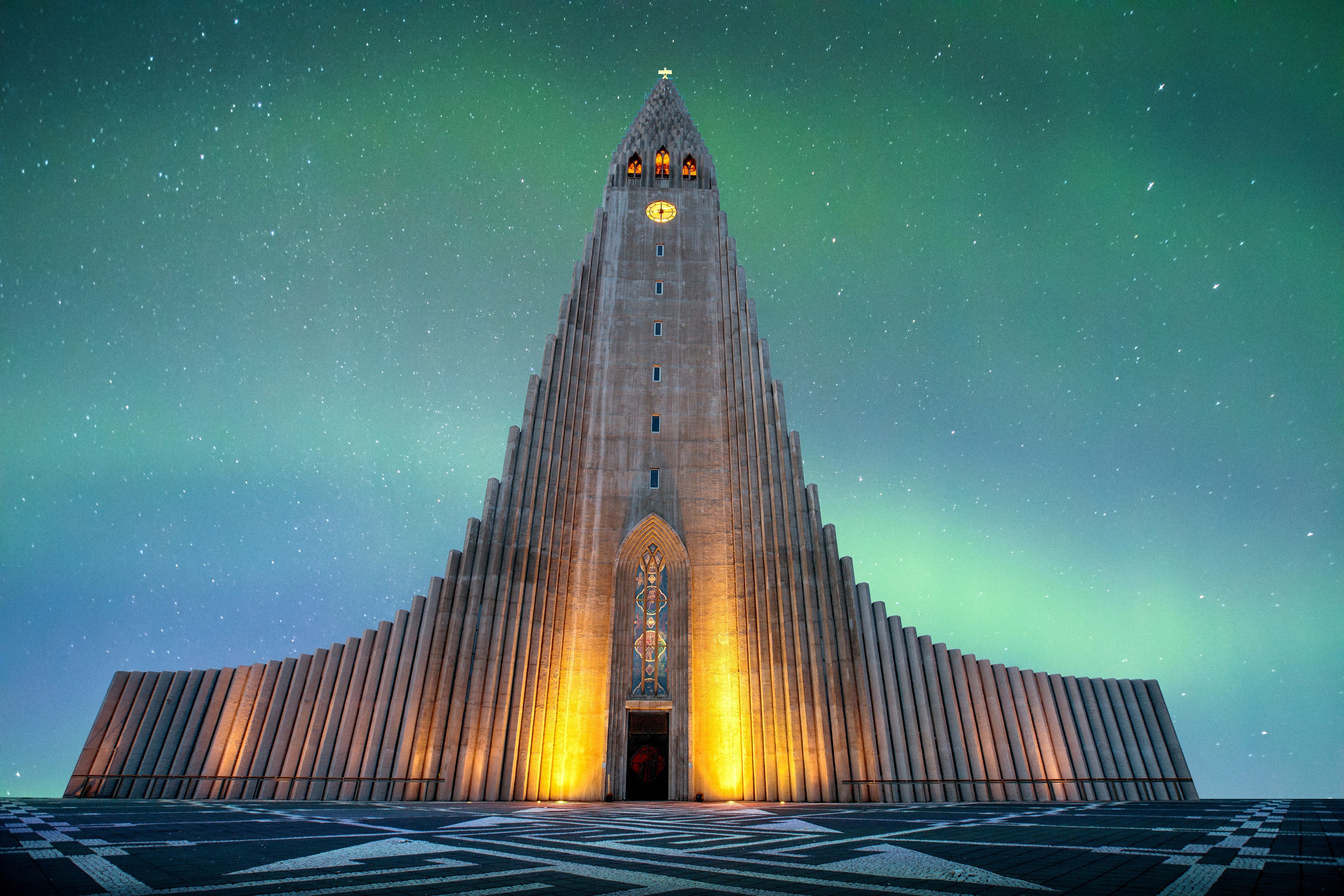Magni is one of the newest craters in Iceland, alongside its neighbour Móði.
저희의 콘텐츠를 신뢰할 수 있는 이유
가이드투아이슬란드는 아이슬란드에서 가장 믿을 수 있는 여행 플랫폼으로, 매년 수백만 명의 여행객이 저희와 함께 아이슬란드를 방문합니다. 저희의 모든 콘텐츠는 아이슬란드를 누구보다 잘 아는 현지 전문가들이 작성하고 검토하므로, 정확하고 신뢰할 수 있는 최신 여행 정보만 제공합니다.
Explore this area while on a self drive tour in Iceland.
Formation of Magni
Magni was created during the 2010 eruption of Eyjafjallajökull.
This was Iceland’s most famous eruptions of recent times. Starting on March 20th, then restarting with much more dramatic effects on April 14th, it created a huge ash cloud that kept planes across Europe grounded for weeks.
It had a significant effect on the economy worldwide, and agriculture regionally.
Magni, and Móði, were formed towards the end of the eruption. Due to the unbelievable heat of cooling lava, snow would not settle on them for years, and for long after they would glow in the dark.
The Naming of Magni
 Photo from Wikimedia, Creative Commons, by Haukurth. No edits made.
Photo from Wikimedia, Creative Commons, by Haukurth. No edits made.
Magni and Móði are names from Old Norse Mythology. They originate from the names of the sons of the Old Norse God Þór, commonly anglicised to Thor, and Járnsaxa, a mythical deity most easily compared to a giantess. Magni is named ‘Mighty’ while Móði means ‘Brave’.
Magni features in one story in Prose Edda, the ‘bible’ of Old Norse Mythology as told by medieval historian and chieftain, Snorri Sturluson. It is said that Þór killed a giant called Hrungnir, yet when Hrungnir fell, he trapped the god under his foot. Several other deities could not lift it, but Magni could.
As thanks, Magni was given the giant’s immense horse by his father. This was not taken well by the All Father Oðin, who believed he should have got it over an illegitimate half-giant.
Little else is known about the two brothers, other than the fact they survive the cataclysmic events of Ragnarök, in which Loki and his children destroy the world.
Getting to Magni
Móði and Magni sit between the glaciers of Eyjafjallajökull and Mýrdalsjökull in the Highlands. They can be reached by those hiking the Fimmvörðuháls Mountain Pass.
